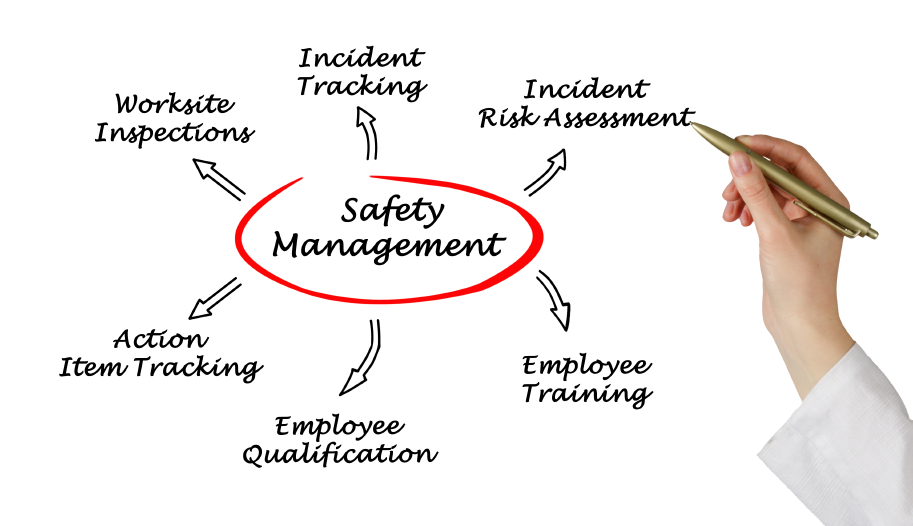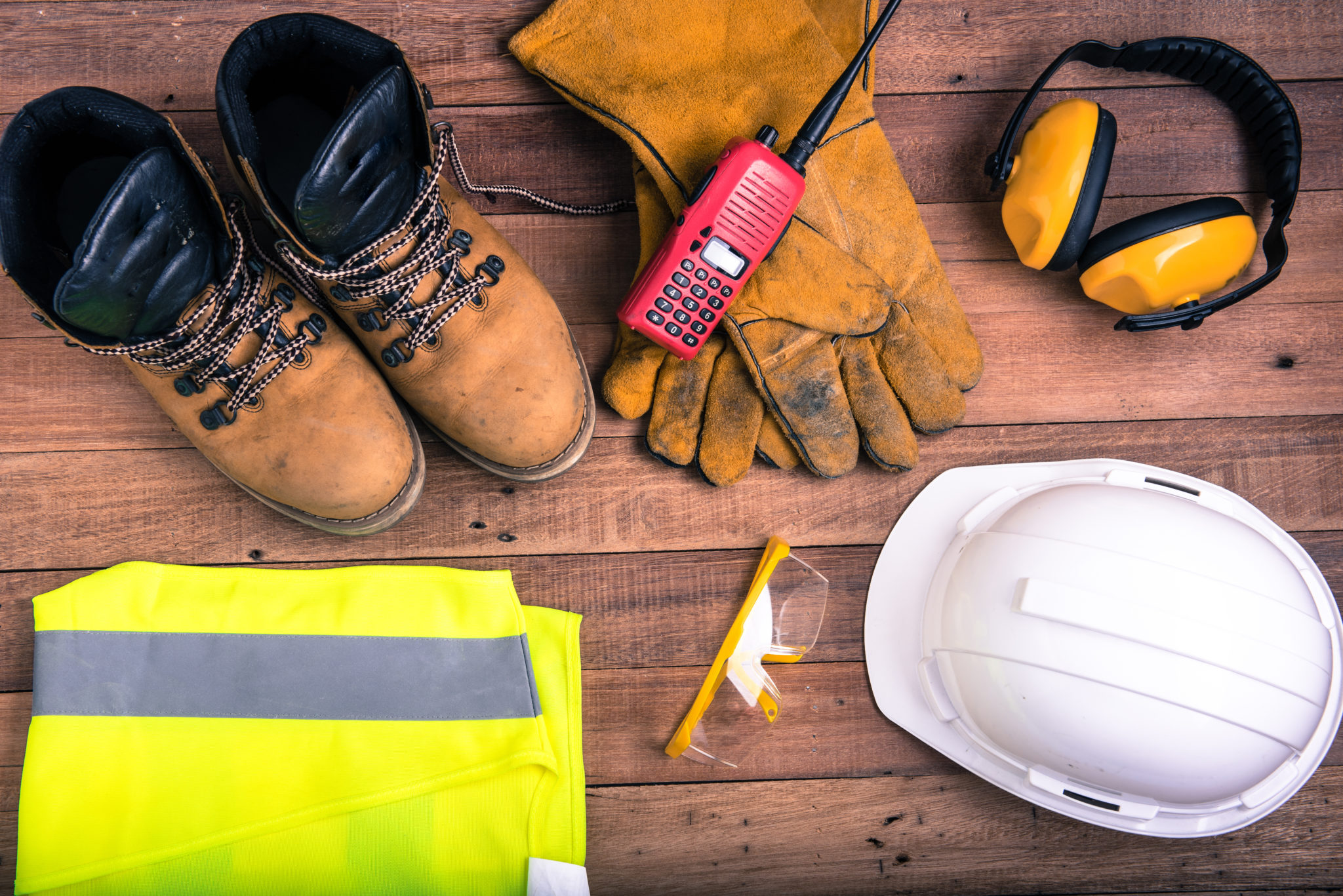Implementing safety standards is essential for maintaining a safe and productive work environment. Whether you work on a construction site, in a manufacturing facility, or in an office, effective safety standards help protect employees and ensure compliance with regulations. This guide outlines practical steps to implement safety standards and foster a safer workplace.
Develop a Safety Plan
To begin with, the first step in implementing safety standards is to develop a comprehensive safety plan. This plan should include a detailed safety policy that outlines specific practices and procedures relevant to your workplace. It should cover guidelines for risk assessment, emergency response, and equipment usage. A well-crafted safety plan provides a framework for all employees to follow, ensuring that everyone understands their roles and responsibilities when it comes to safety.

How to Implement Safety Standards
Conduct Risk Assessments
Identifying potential hazards is crucial to implementing safety standards effectively. Conduct thorough risk assessments to pinpoint areas where accidents or injuries could occur. This process should involve inspecting equipment, reviewing work practices, and evaluating the overall work environment. Once potential hazards are identified, prioritize them based on their severity and likelihood of occurrence. By focusing on the most critical risks first, you can implement safety measures that will have the greatest impact on preventing accidents.
Provide Safety Training
Safety training is a fundamental aspect of implementing safety standards. Regular training sessions should educate employees on the correct use of equipment, emergency procedures, and the importance of personal protective equipment (PPE). Make sure all employees participate in these training sessions and understand their role in maintaining a safe workplace. Additionally, update training programs as necessary to reflect new safety protocols or changes in regulations. In addition, keeping training current ensures that employees are always informed about the latest safety practices.
Implement Safety Measures
Implementing safety measures involves enforcing the use of PPE, maintaining equipment and facilities, and ensuring that safety procedures are followed consistently. Provide employees with the necessary PPE for their tasks and ensure that they know how to use it properly. Regular inspections of PPE should be conducted to ensure it is in good condition and replaced when necessary. Moreover, maintaining equipment and facilities through regular inspections and repairs helps prevent malfunctions and accidents, contributing to a safer work environment.
Monitor and Evaluate Safety Performance
Regular monitoring and evaluation are essential for maintaining high safety standards. Conduct safety audits to review safety procedures, inspect work areas, and evaluate compliance with safety policies. Use the findings from these audits to identify areas for improvement and address any issues that arise. Monitoring safety performance helps ensure that safety standards are being effectively implemented and maintained over time.
Promote a Safety Culture
More so, fostering a culture of safety is vital for the successful implementation of safety standards. Encourage open communication about safety concerns, and create an environment where employees feel comfortable reporting potential hazards. Hold regular safety meetings to discuss safety issues, review procedures, and reinforce the importance of following safety standards. Additionally, recognize and reward safe practices to motivate employees to adhere to safety guidelines. Additionally, positive reinforcement helps build a strong safety culture and encourages continuous improvement.
Conclusion
In conclusion, implementing safety standards effectively requires a structured approach, including developing a comprehensive safety plan, conducting regular risk assessments, providing safety training, and enforcing safety measures. Monitoring and evaluating safety performance, promoting a culture of safety, and encouraging open communication are also key components of maintaining a safe work environment. By following these steps, you can ensure that safety standards are implemented effectively, creating a workplace where employees are protected, and operations run smoothly.




